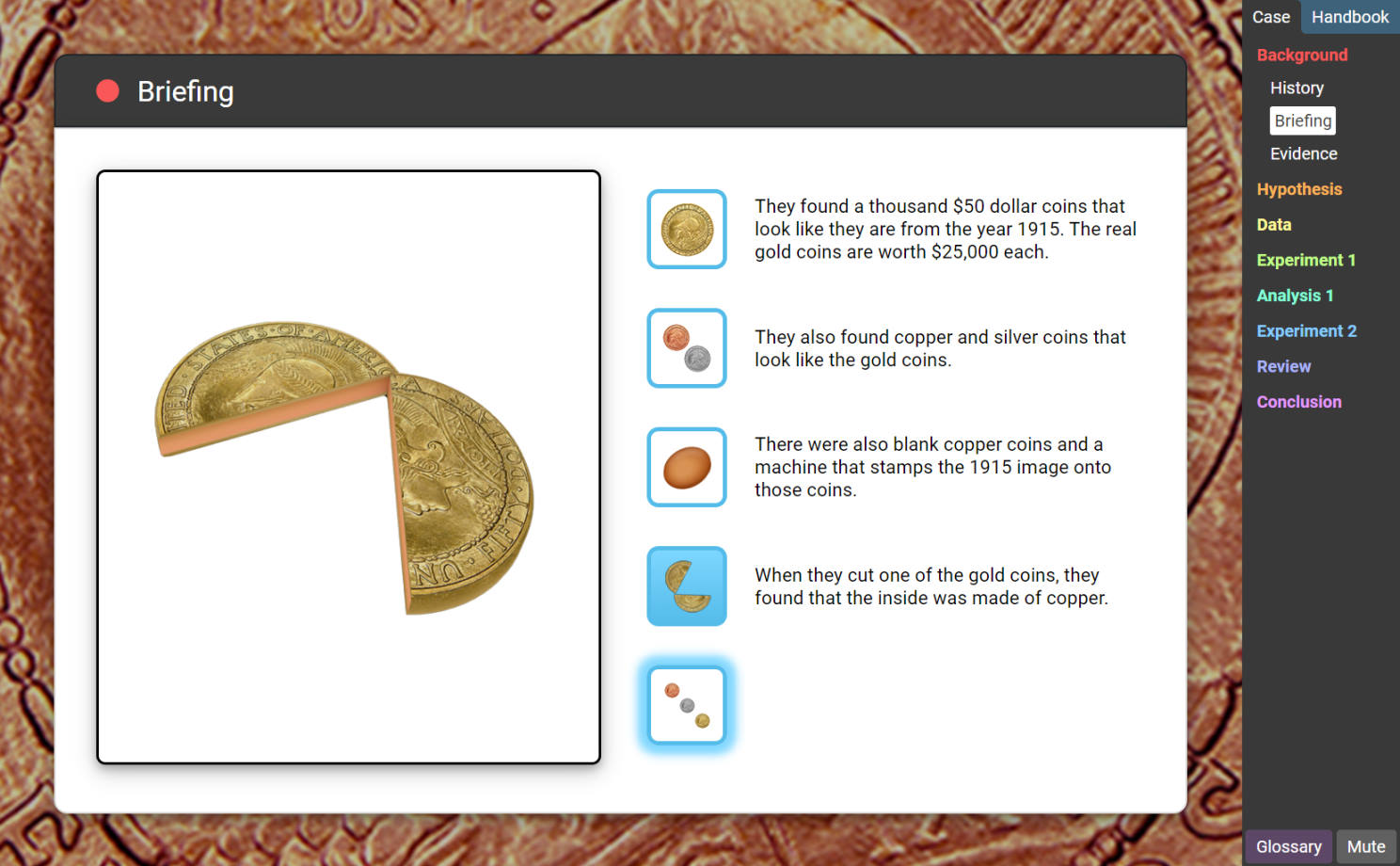

Each oxygen is stillīonded to two hydrogens. Now, we don't have aĬhange in composition, in either state whether you're looking at this liquid water here, or whether you're lookingĪt the solid water there, you'll see a bunch of water molecules. In fancy chemical language, or chemistry language, weĬould write this as H2O, going from its solid form to Think about this water, this ice melting.

And I want you to think about which of these are physical changes, and which of these areĬhemical changes and why. We have some propaneĬombusting or burning here, and we have some iron rusting here. You is pause this video and we have some ice melting here. You actually do have a change in composition, how theĭifferent constituent atoms and elements match up orĬonnect or bond to each other might be different. Of what we're talking about, while in a chemical change Not having a change in the actual composition There could be a change in properties but we're But when we talk about a physical change, we're talking about where And you might already have already thought about this or seen this inĪ previous science class. And we're going to focus on in this video is classifying things asĮither being physical changes or chemical changes. Reversibility is not a distinction between the two since there are chemical changes which are reversible and nonreversible.Īre three different pictures of substances undergoing

Chemical changes are when the identity of the chemicals change where we get new chemical with different properties. Physical changes are when just the structure of the matter changes, but not the chemicals. Solid salts are poor electrical conductors, while aqueous salt solutions are excellent electrical conductors. Solid salt and aqueous salt ions have different physical properties which would indicate that they are different chemicals and that a chemical change occurred. So the physical structure of the ions is changed, but the physical properties are also changed.
#CHEMICAL CHANGES GIZMO FREE#
If we heat the water so that it vaporizes, the ion-dipole bonds break and the ions are free to reform their previous ionic bonds. The dissolving, or dissolution, of a salt in water is considered a chemical change because we are breaking ionic bonds between the salt ions and forming new noncovalent ion-dipole bonds between the ions and the water molecules.


 0 kommentar(er)
0 kommentar(er)
